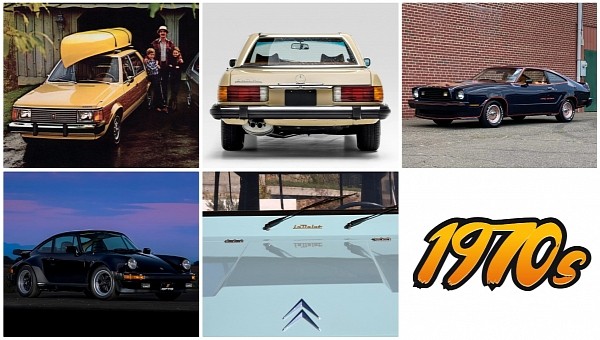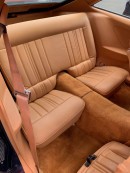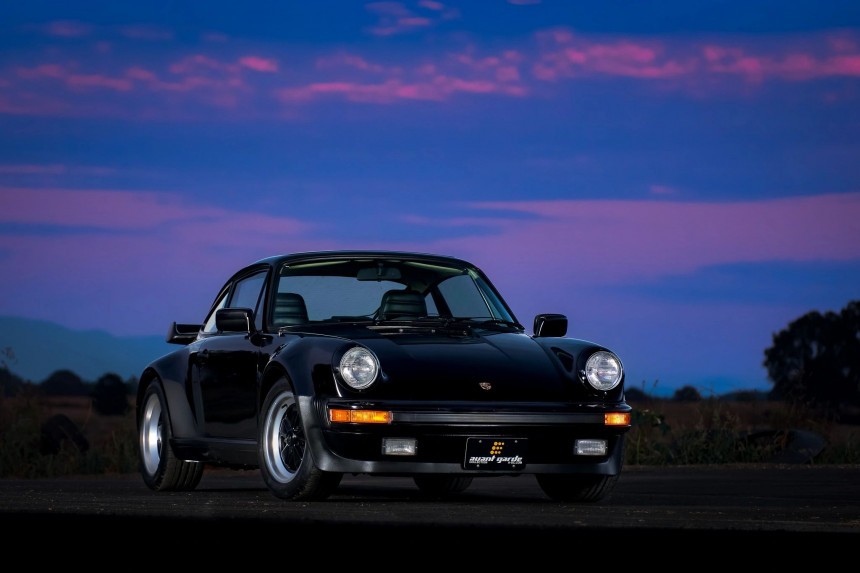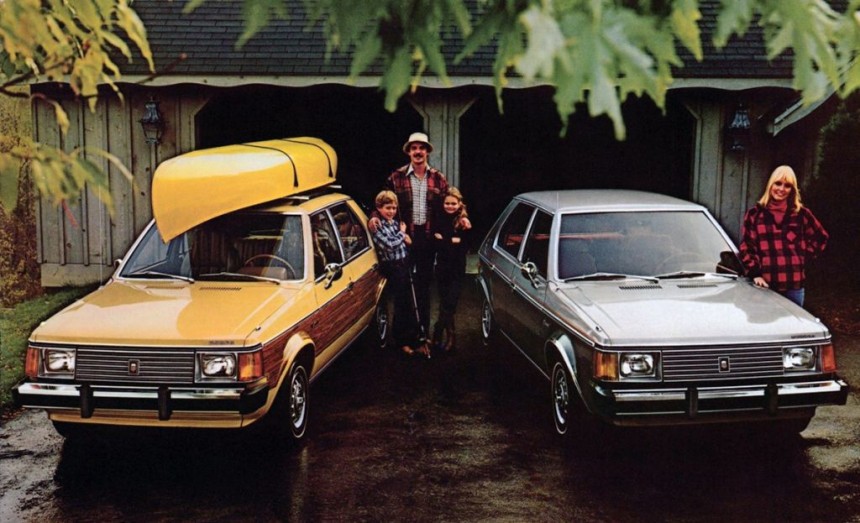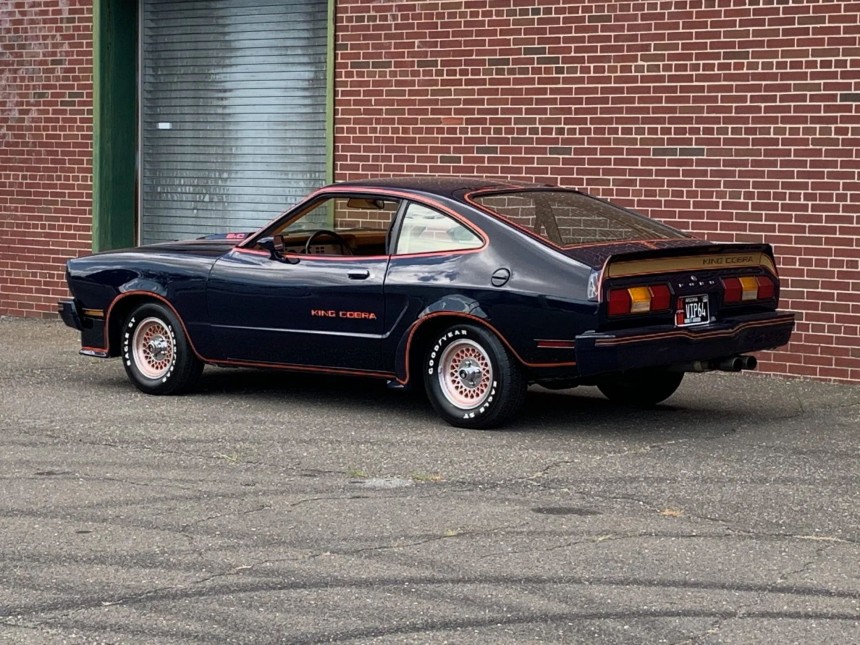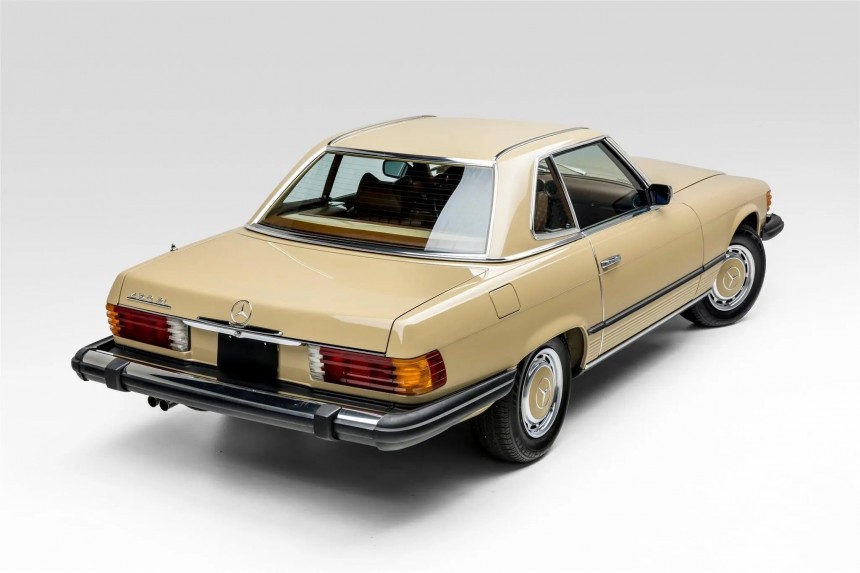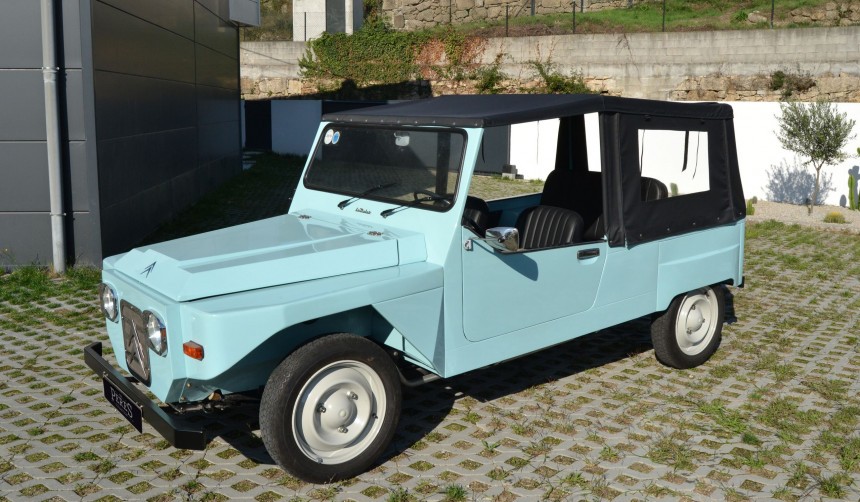The eighth decade of the 20th century marked the end of the Swinging Sixties, with many things from the 1960s going out of fashion or simply evolving into something else. For example, Paul McCartney issued a press release in April 1970 stating that he’s no longer a Beatle. A year later, the bassist formed Paul McCartney and Wings.
Much bigger headlines from this era include the Anti-War Movement against the Vietnam War, the Post-Civil Rights Movement replacing the Civil Rights Movement, the Gay Liberation Movement, and – of course – the political scandal that shook America to its core. Watergate is a watershed (pun intended) moment in modern history, with many big scandals after it receiving the “gate” suffix. The Dieselgate scandal comes to mind, a blunder that saw the Volkswagen Group abandon its turbo diesel ambitions in favor of all-electric vehicles.
This decade was abysmal for many countries aligned with the Soviet Union, but alas, the West wasn’t in good shape either. High inflation, slow economic growth, and high unemployment sum up stagflation, which turned Keynesian macroeconomic theory on its head. On the upside, the 1970s saw Steve Jobs and the other Steve create the company with the bitten apple logo, Space Invaders usher the golden era of arcade games, and the Boeing 747 jumbo jet revolutionize commercial flights.
How can we summarize the 1970s in five cars? However hard it may seem at first glance, it’s not exactly hard, given how many decade-defining moments we have to choose from. Considering that you’re on autoevolution, we’ll kick this feature off with a technology that’s widely used today due to ever-stringent emission regulations.
The turbocharger was born in 1905 in the guise of a patent, with the first prototype finished in 1915 for aircraft engines rather than car engines. The Oldsmobile Jetfire and Chevrolet Corvair Monza from 1962 are both considered turbocharging pioneers, although Porsche did more to popularize turbos in the 1970s with the 930.
The sales brochure for the 911 lists this variant of the Neunelfer as the Turbo Carrera. Offered between 1975 and 1977 with a 3.0-liter boxer in less than 3,000 examples, the 930 was gifted with a slightly larger engine in 1978. Production eventually came to a grinding halt in 1989 when the G model (911s from 1973 to 1989) was retired in favor of the significantly improved 964.
In addition to significant advancements over 1960s technology, turbocharging entered the mainstream in the 1970s due to a couple other reasons. For starters, the oil crisis of 1973 and subsequent events forced many automakers to look into forced induction to make their engines more efficient. But more importantly, the Environmental Protection Agency phased down lead levels in U.S. gasoline and required passenger vehicles to be equipped with catalytic converters starting with model year 1975, resulting in the dreaded Malaise Era.
The Omni and Plymouth-branded Horizon introduced Chrysler’s L platform, a front-wheel-drive architecture with loose connections to a French economy car from the 1960s. The Dodge Omni and Plymouth Horizon were born as a result of the first oil crisis. The first FWD economy cars assembled stateside helped popularize this layout in the United States of America, where unibody vehicles are usually front-wheel drive to this very day.
Chrysler didn’t receive the flak it deserved for taking inspiration from the Volkswagen Rabbit (a.k.a. Golf Mk1) of that era. Although the Omni and Horizon aren’t collectible, these five-door hatchbacks helped Chrysler survive an extremely difficult period for the third-largest American automaker of the Big Three in Detroit.
The 1973 oil shock also proved that the Organization of the Petroleum Exporting Countries is driven by profit and something else a little more worrying. That something else forced the Nixon and subsequent administrations to rely less and less on OPEC-supplied oil. United States crude oil exports averaged 3.6 million barrels per day in 2022, and the world’s most powerful economy is expected to become a net exporter in 2023.
The beginning of the 1974 model year in the fall of 1973 marked the end of the muscle car and the start of the Malaise Era. The federally-mandated bumpers of that period may not be to a car enthusiast’s liking, but restrictive exhaust systems, lower compression ratios, and retarded ignition timing completely alienated car enthusiasts from all things four wheels. The 55-mph (nearly 89-kph) national speed limit didn’t help either.
It's funny that Germany delivered a plethora of performance-oriented machines during the latter part of the 1970s, when America’s automotive industry was -dare I say it - in the gutter. As fate would have it, technological advances such as electronic fuel injection led to the slow but steady end of the Malaise Era. The three-way cat and oxygen sensor also helped with that.
One of the most offensive machines from that depressive period is the Mustang II King Cobra, such as the 1978 model pictured above, one of circa 4,300 units equipped with the King Cobra package that year. Emasculated by sharing its underpinnings with the Pinto, the Mustang II could be had with a 139-horsepower V8 mill in 1978.
Amendment XIX granted women the right to vote in 1920. Nearly five decades after its passage, approximately 50,000 women assembled on Fifth Avenue in New York City for the Women’s Strike for Equality March. One of the most defining moments for women’s rights in the 1970s was Roe v. Wade of 1973, a lawsuit that concluded in a Supreme Court ruling which said that women have the right to have an abortion.
Feminism really made waves in the 1970s, and strong female characters were often featured on the small and big screens. Lynda Carter as Diana Prince in the 1975 to 1979 television series Wonder Woman comes to mind, a symbol of feminine strength, resilience, and courage.
Lynda Carter drove many vehicles in her roles as Diana Prince and Wonder Woman, both fancy and pretty malaise. The one that really stuck with me is the 1975 model year Mercedes-Benz 450 SL from the R107 generation. The Boonie Buggy would be on a close second IMHO because it’s a superhero series, after all.
The United States of America had a lot on its plate to resolve domestically in the wake of the 1973 oil crisis. The Watergate scandal forced Nixon to resign in August 1974. With Gerald Ford presiding over the worst U.S. economy since the Great Depression, the Politburo of the Communist Party of Vietnam felt emboldened to drive out whatever was left of the ARVN and U.S. forces from South Vietnam. They did so with a major offensive in March 1975, with South Vietnam's second-largest city Da Nang easily falling to the North’s commie forces.
The Fall of Saigon on April 30th, 1975 was preceded by the largest helicopter evacuation in history. Available footage from that shameful moment for the United States of America includes a plethora of squared-off vehicles on Saigon’s streets that aren't American military jeeps.
Enter the La Dalat, which is a Citroen in all but name. Built around the A-series platform of the 2CV and Mehari, the La Dalat lasted only five years in series production. The first civilian vehicle to be mass-produced in Vietnam entered production with a 25:75 ratio of localized parts. In 1975 when the final example of the breed rolled off the Saigon Automobile Company’s assembly line, the ratio increased to 40:60.
This decade was abysmal for many countries aligned with the Soviet Union, but alas, the West wasn’t in good shape either. High inflation, slow economic growth, and high unemployment sum up stagflation, which turned Keynesian macroeconomic theory on its head. On the upside, the 1970s saw Steve Jobs and the other Steve create the company with the bitten apple logo, Space Invaders usher the golden era of arcade games, and the Boeing 747 jumbo jet revolutionize commercial flights.
How can we summarize the 1970s in five cars? However hard it may seem at first glance, it’s not exactly hard, given how many decade-defining moments we have to choose from. Considering that you’re on autoevolution, we’ll kick this feature off with a technology that’s widely used today due to ever-stringent emission regulations.
Porsche 930 Turbo - Turbochargers Going Mainstream
The sales brochure for the 911 lists this variant of the Neunelfer as the Turbo Carrera. Offered between 1975 and 1977 with a 3.0-liter boxer in less than 3,000 examples, the 930 was gifted with a slightly larger engine in 1978. Production eventually came to a grinding halt in 1989 when the G model (911s from 1973 to 1989) was retired in favor of the significantly improved 964.
In addition to significant advancements over 1960s technology, turbocharging entered the mainstream in the 1970s due to a couple other reasons. For starters, the oil crisis of 1973 and subsequent events forced many automakers to look into forced induction to make their engines more efficient. But more importantly, the Environmental Protection Agency phased down lead levels in U.S. gasoline and required passenger vehicles to be equipped with catalytic converters starting with model year 1975, resulting in the dreaded Malaise Era.
Dodge Omni – The Oil Crisis
Chrysler didn’t receive the flak it deserved for taking inspiration from the Volkswagen Rabbit (a.k.a. Golf Mk1) of that era. Although the Omni and Horizon aren’t collectible, these five-door hatchbacks helped Chrysler survive an extremely difficult period for the third-largest American automaker of the Big Three in Detroit.
The 1973 oil shock also proved that the Organization of the Petroleum Exporting Countries is driven by profit and something else a little more worrying. That something else forced the Nixon and subsequent administrations to rely less and less on OPEC-supplied oil. United States crude oil exports averaged 3.6 million barrels per day in 2022, and the world’s most powerful economy is expected to become a net exporter in 2023.
Ford Mustang II - The Malaise Era
It's funny that Germany delivered a plethora of performance-oriented machines during the latter part of the 1970s, when America’s automotive industry was -dare I say it - in the gutter. As fate would have it, technological advances such as electronic fuel injection led to the slow but steady end of the Malaise Era. The three-way cat and oxygen sensor also helped with that.
One of the most offensive machines from that depressive period is the Mustang II King Cobra, such as the 1978 model pictured above, one of circa 4,300 units equipped with the King Cobra package that year. Emasculated by sharing its underpinnings with the Pinto, the Mustang II could be had with a 139-horsepower V8 mill in 1978.
R107 Mercedes SL - Women's Rights Gaining Momentum
Feminism really made waves in the 1970s, and strong female characters were often featured on the small and big screens. Lynda Carter as Diana Prince in the 1975 to 1979 television series Wonder Woman comes to mind, a symbol of feminine strength, resilience, and courage.
Lynda Carter drove many vehicles in her roles as Diana Prince and Wonder Woman, both fancy and pretty malaise. The one that really stuck with me is the 1975 model year Mercedes-Benz 450 SL from the R107 generation. The Boonie Buggy would be on a close second IMHO because it’s a superhero series, after all.
La Dalat - The Fall of Saigon
The Fall of Saigon on April 30th, 1975 was preceded by the largest helicopter evacuation in history. Available footage from that shameful moment for the United States of America includes a plethora of squared-off vehicles on Saigon’s streets that aren't American military jeeps.
Enter the La Dalat, which is a Citroen in all but name. Built around the A-series platform of the 2CV and Mehari, the La Dalat lasted only five years in series production. The first civilian vehicle to be mass-produced in Vietnam entered production with a 25:75 ratio of localized parts. In 1975 when the final example of the breed rolled off the Saigon Automobile Company’s assembly line, the ratio increased to 40:60.
